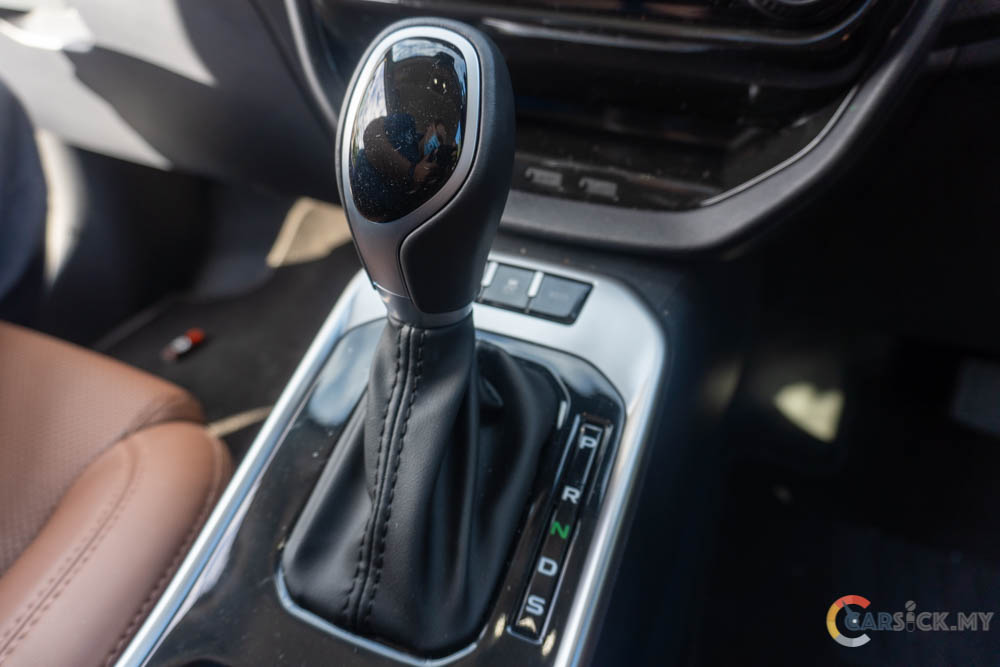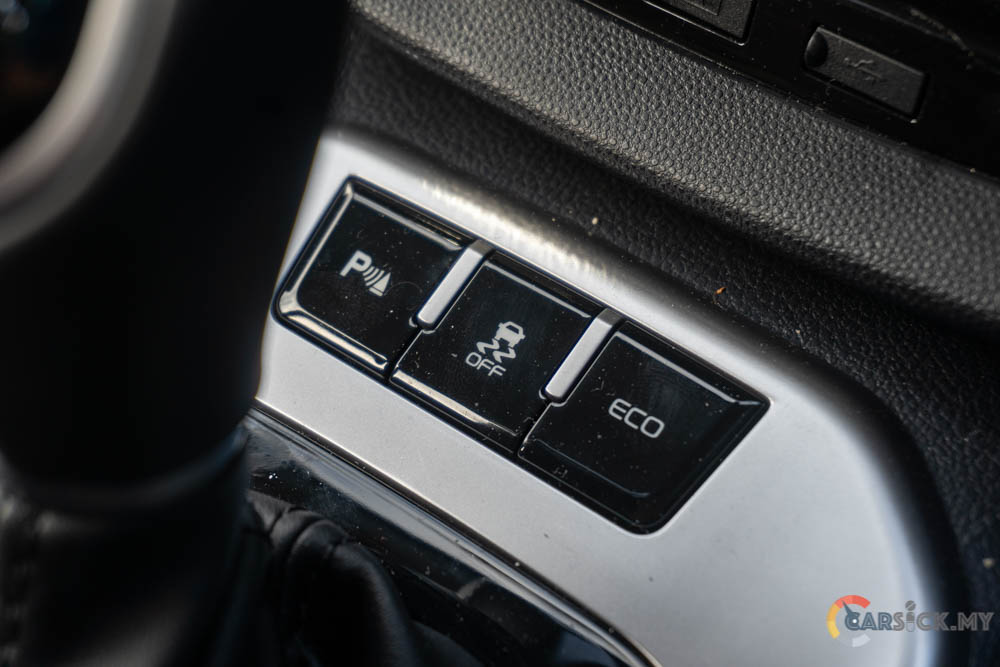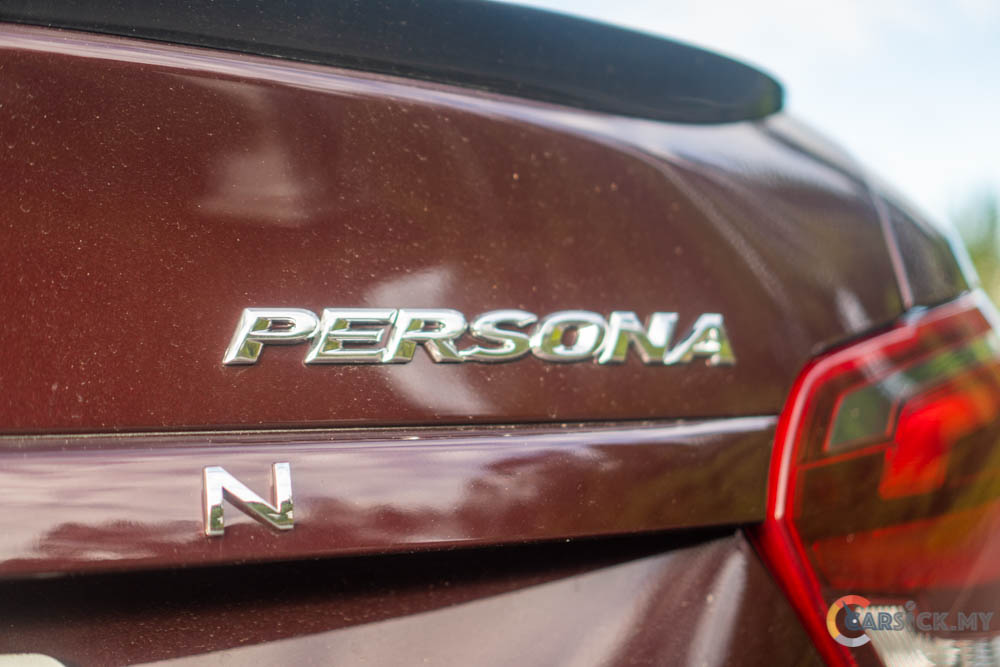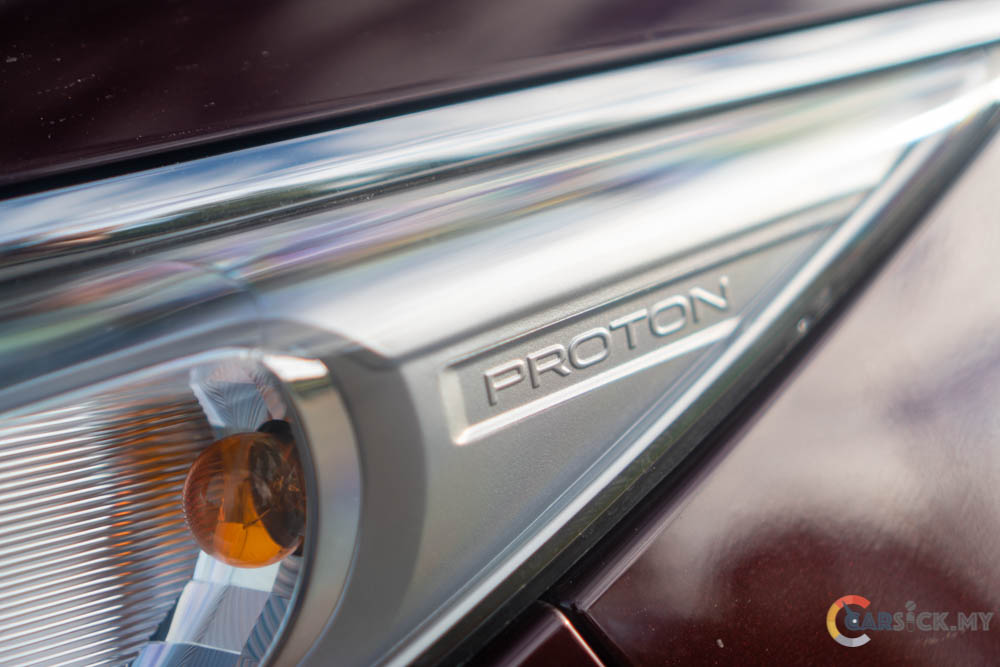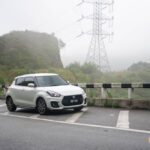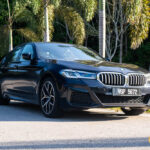Proton’s B-segment sedan, the Proton Persona, has been recently updated by Proton during MCO. The updated Persona will come with a more up to date design and some updates in terms of technology. The Persona that was loaned to me is the top of the range 1.6L Premium variant.

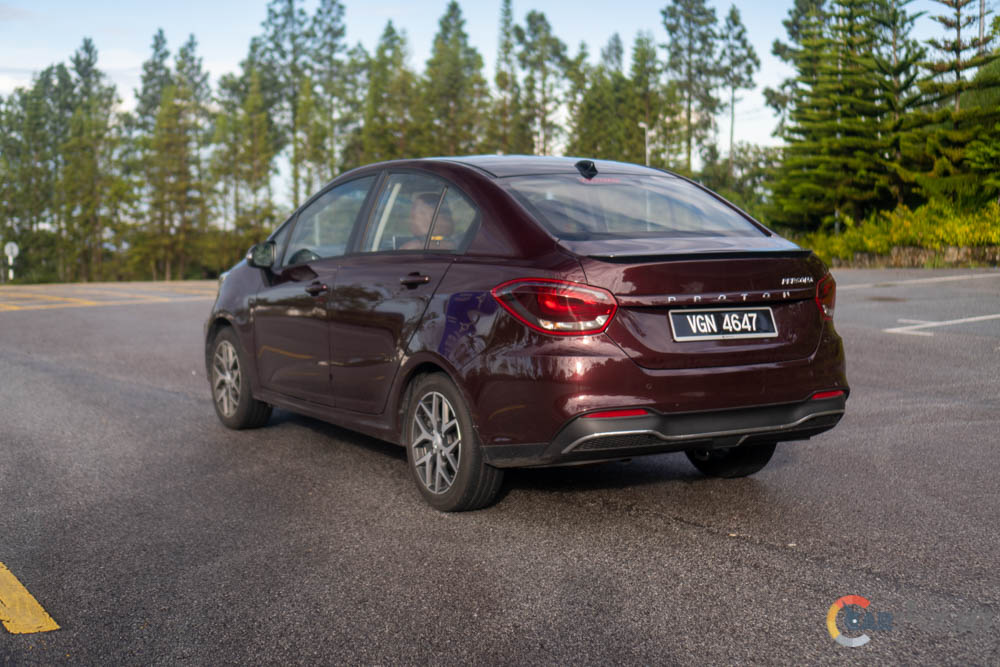 From the outside, the familiar shape of the Persona remains untouched, but Proton designers do give it some cosmetic upgrades to make the car look sportier. Starting at the front, the car now has a totally redesigned front bumper that looks more aggressive than before. On top of it, the front grille has also been redesigned, and it now proudly displays the new Proton logo at the front.
From the outside, the familiar shape of the Persona remains untouched, but Proton designers do give it some cosmetic upgrades to make the car look sportier. Starting at the front, the car now has a totally redesigned front bumper that looks more aggressive than before. On top of it, the front grille has also been redesigned, and it now proudly displays the new Proton logo at the front. 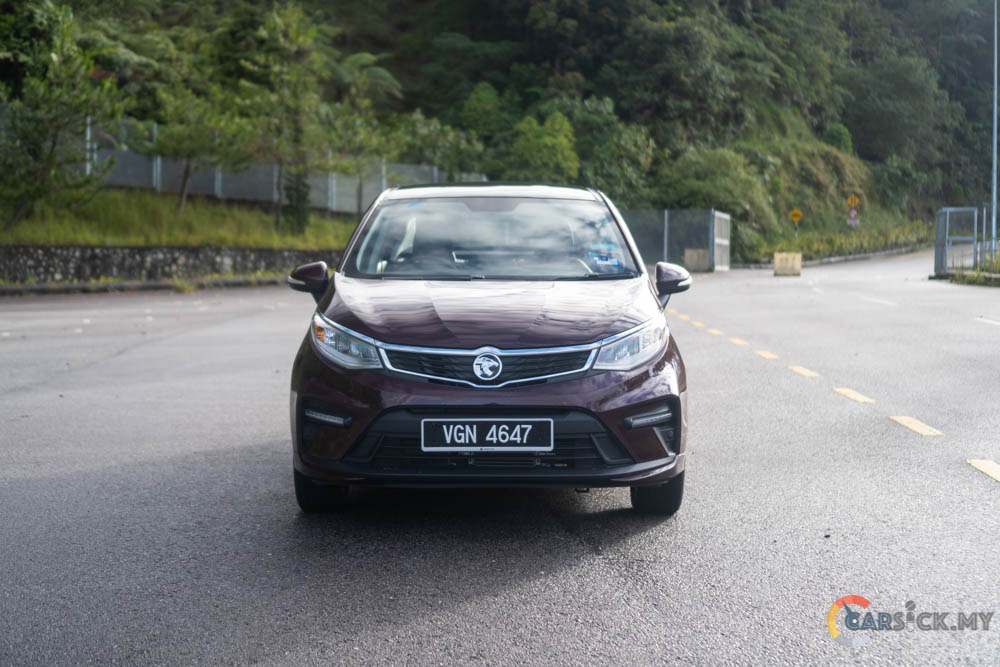
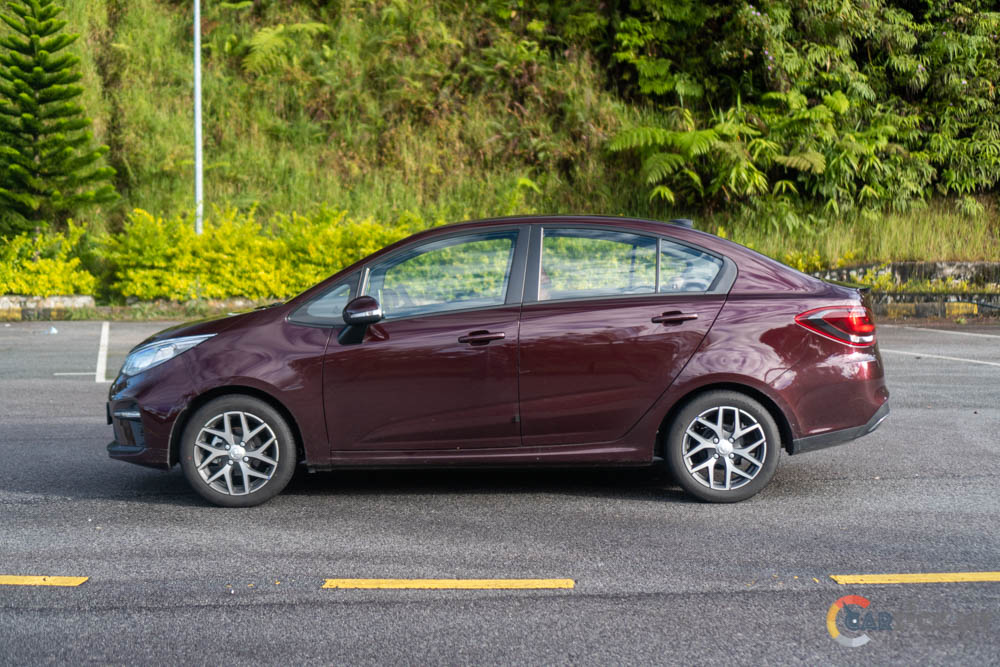
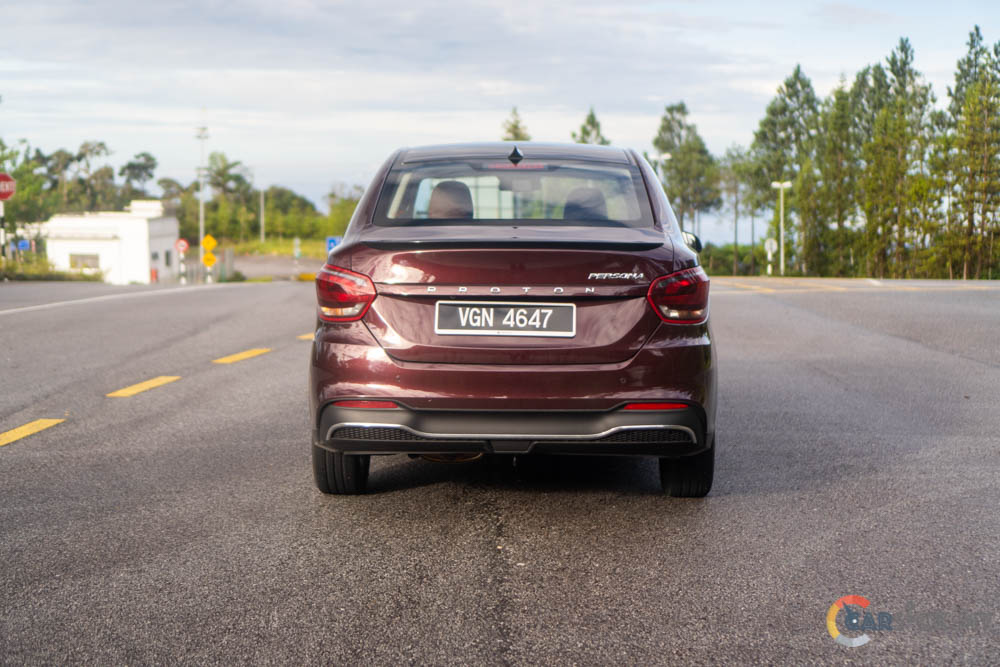
The biggest upgrade on the Persona is the addition of LED headlights, which are brighter than the regular halogen type, and it features automatic on/off and follow me home functions. As for tail lights, the overall design of the taillights have been largely retained, but Proton has darkened the taillights so that people can tell it apart from the pre-facelift model. 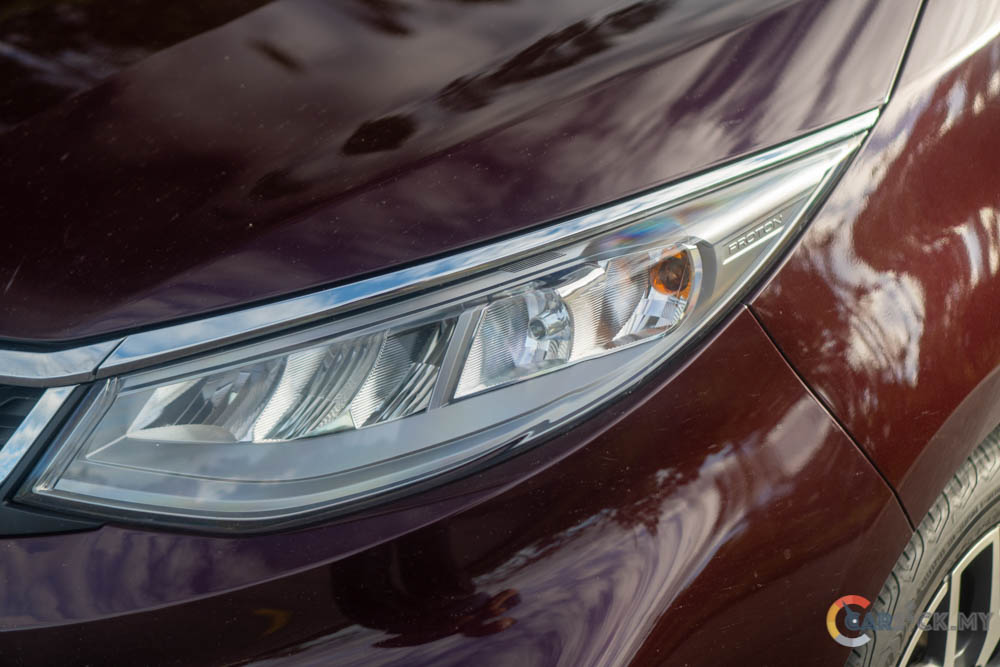
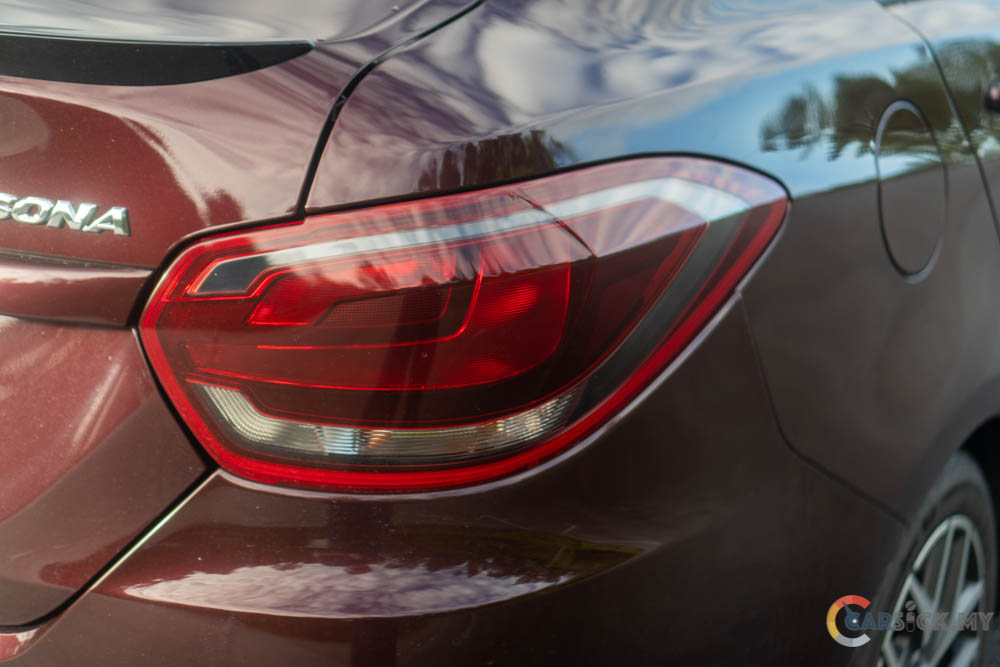
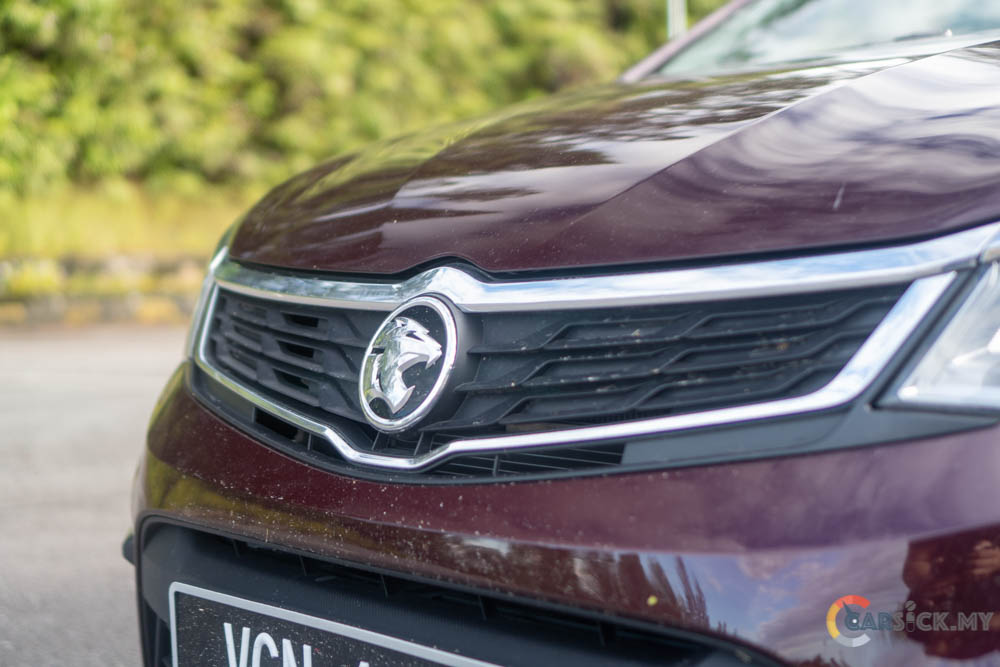
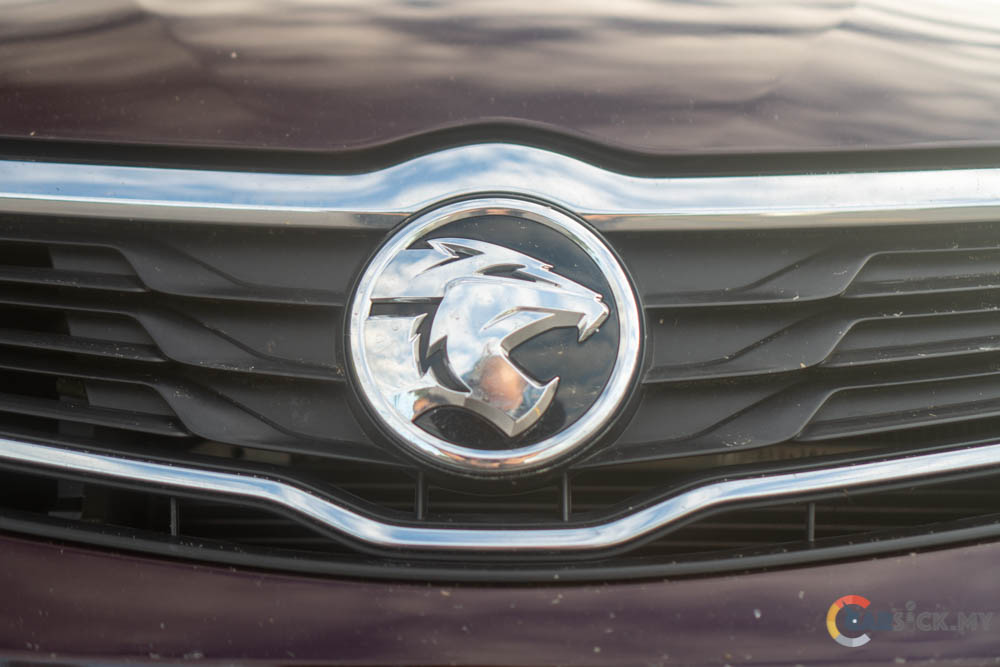
At all corners, the Persona now gets a new set of 185/55R16 dual tone rims and tyres, which fill up the wheel arches nicely. And finally, the roof is now being painted in black colour to continue with the sporty theme of the car. Since the Persona that I have here is a maroon coloured car, the black colour roof barely stands out. Overall, I welcome the new changes that Proton made to the Persona. I particularly like the look of the upsized rim that fits the look of the car. 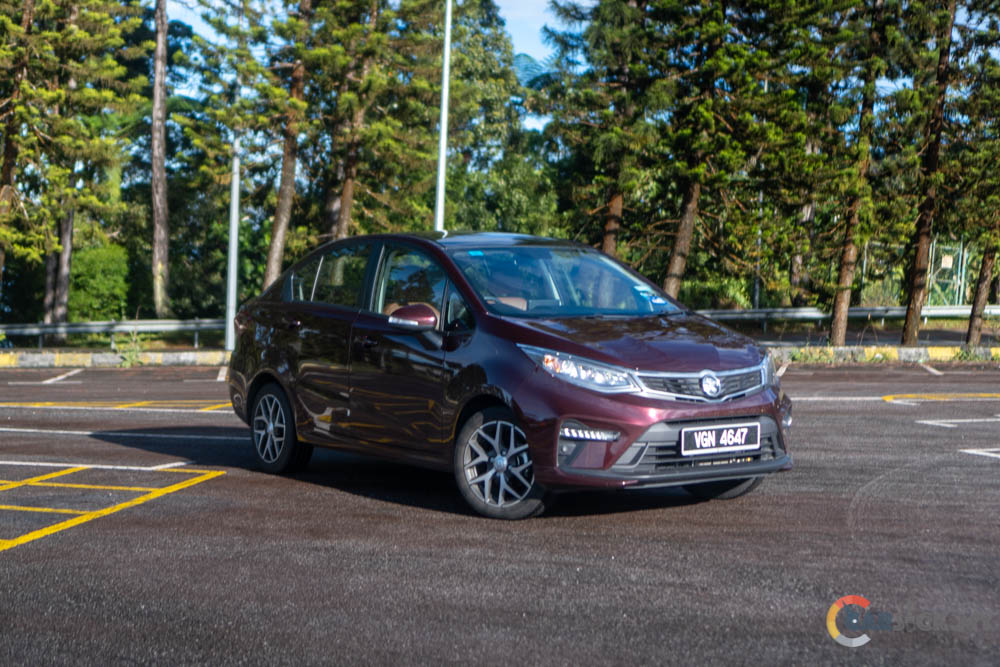
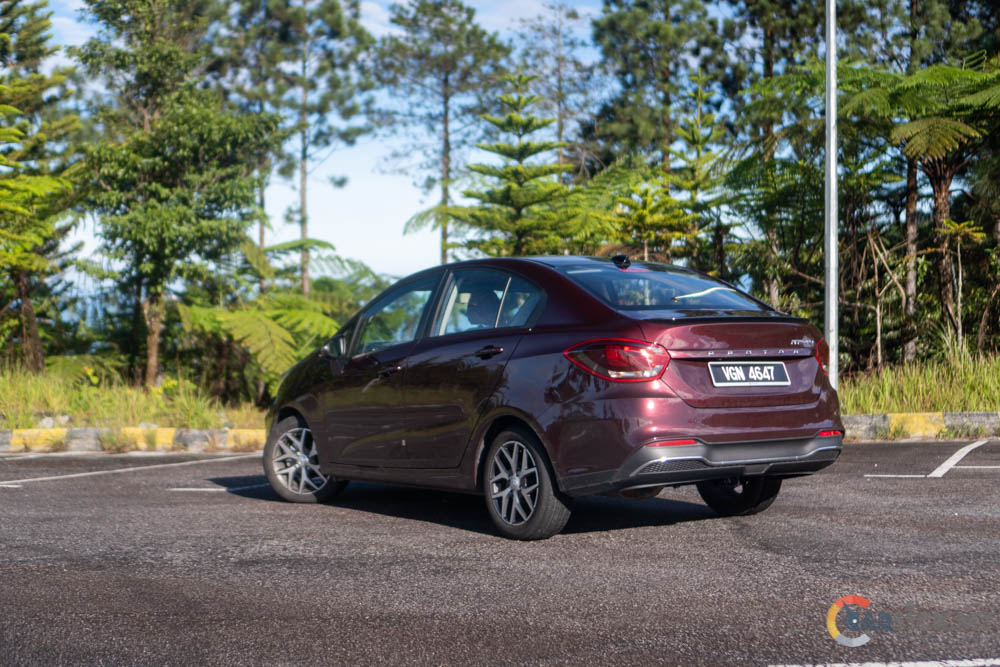
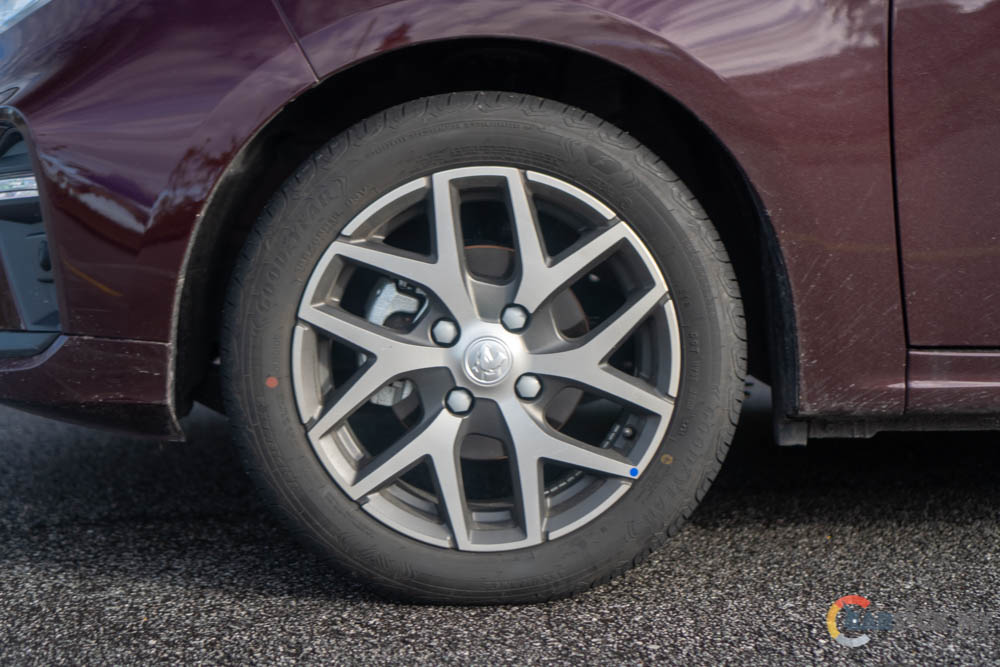
Stepping inside, the interior of the updated Persona now looks more upmarket than before, thanks to the new brown colour leather seats found on the top spec Persona. Fundamentally, no changes have been made in terms of the seating position, I still feel like I’m seating quite tall in the Persona. 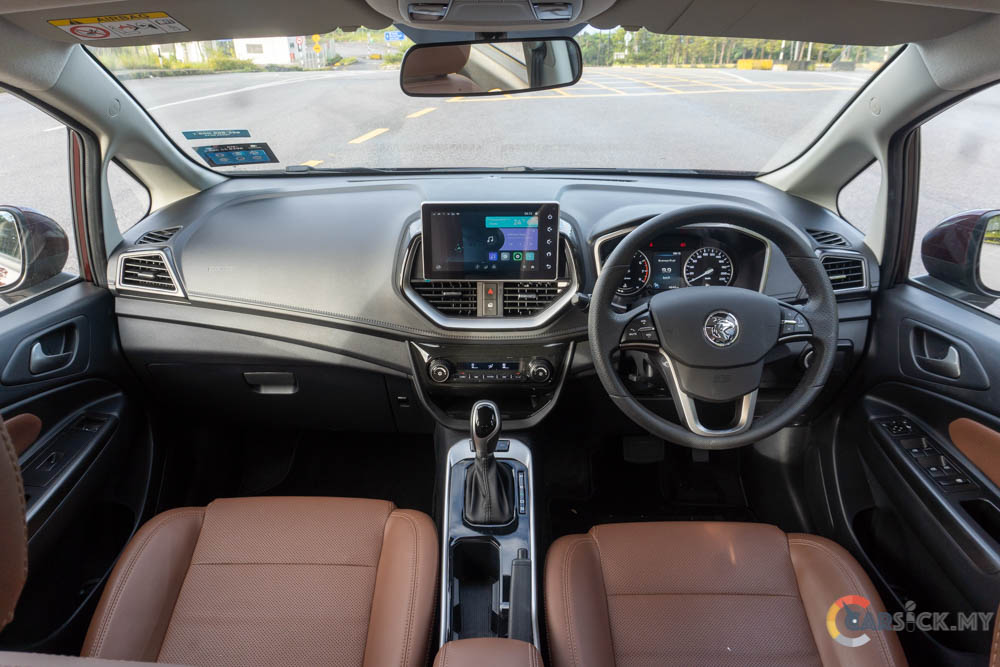
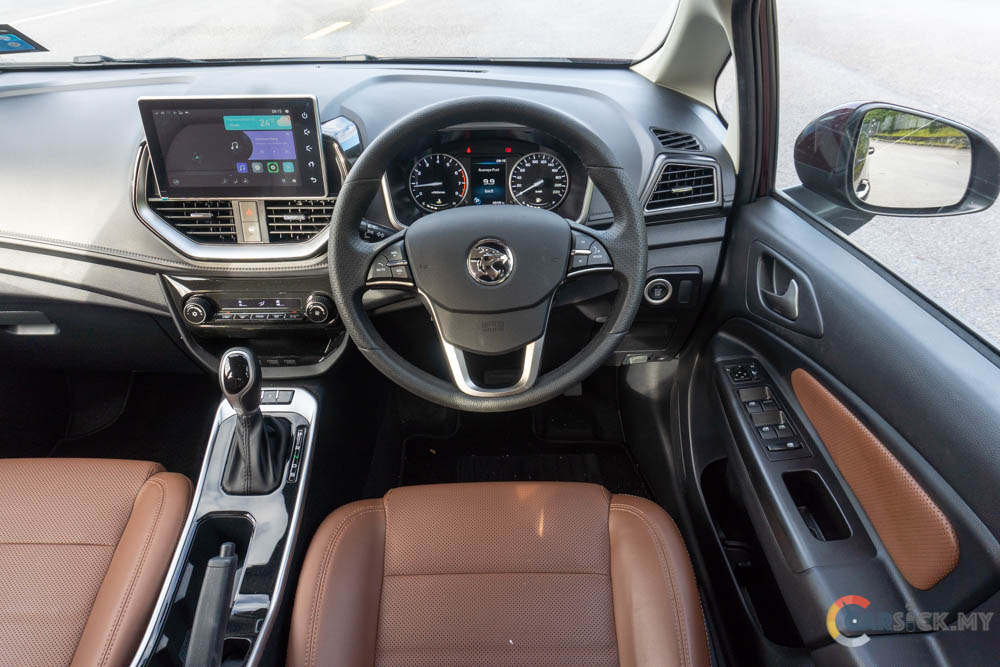
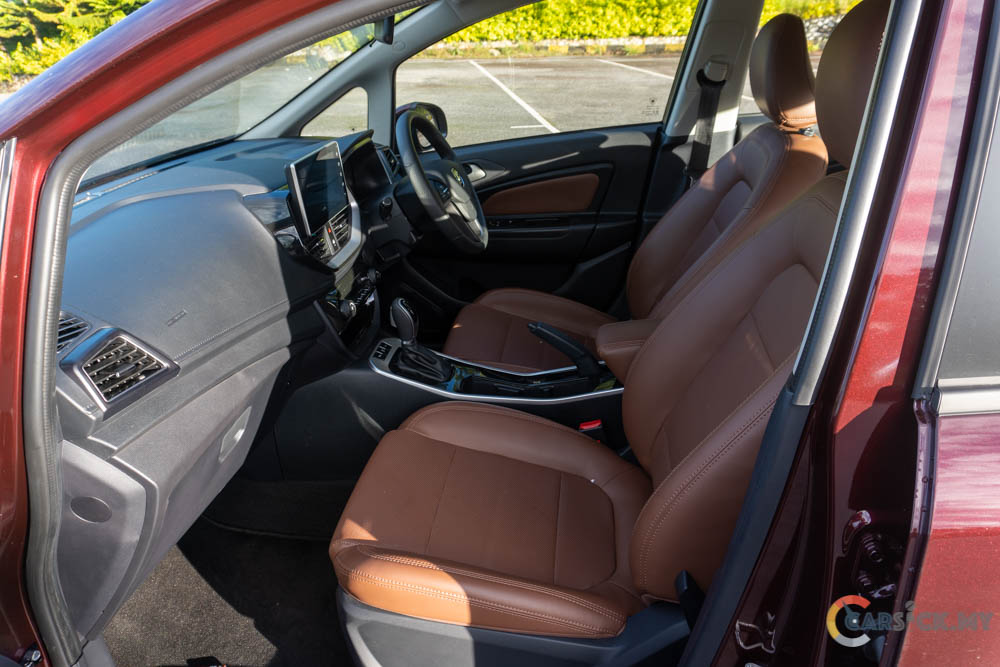
Apart from the leather seats, the more obvious changes can be found on the dashboard and centre console. Starting with the dashboard, gone are the in-built head unit, which is now being replaced by a floating touchscreen infotainment display. The new infotainment display also features the voice control function that was previously only found on the higher end Proton models. In the Persona, the maximum number of speakers available in any variants are maxed out at 4 speakers. I do find the sound quality coming from these 4 speakers are pretty decent. In order to accommodate the floating infotainment display, Proton has relocated the centre AC vents. 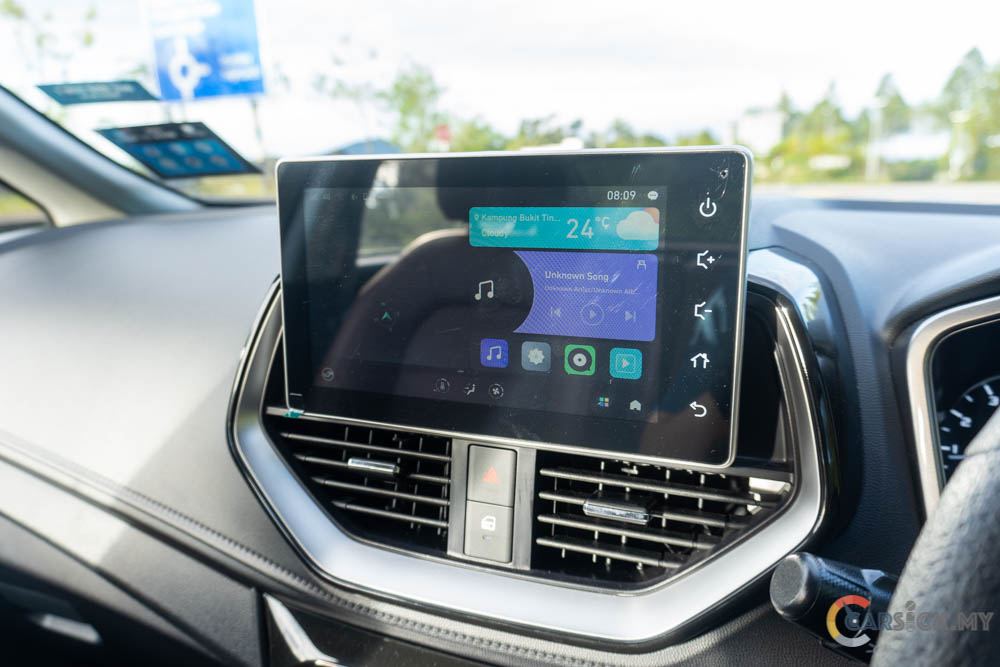
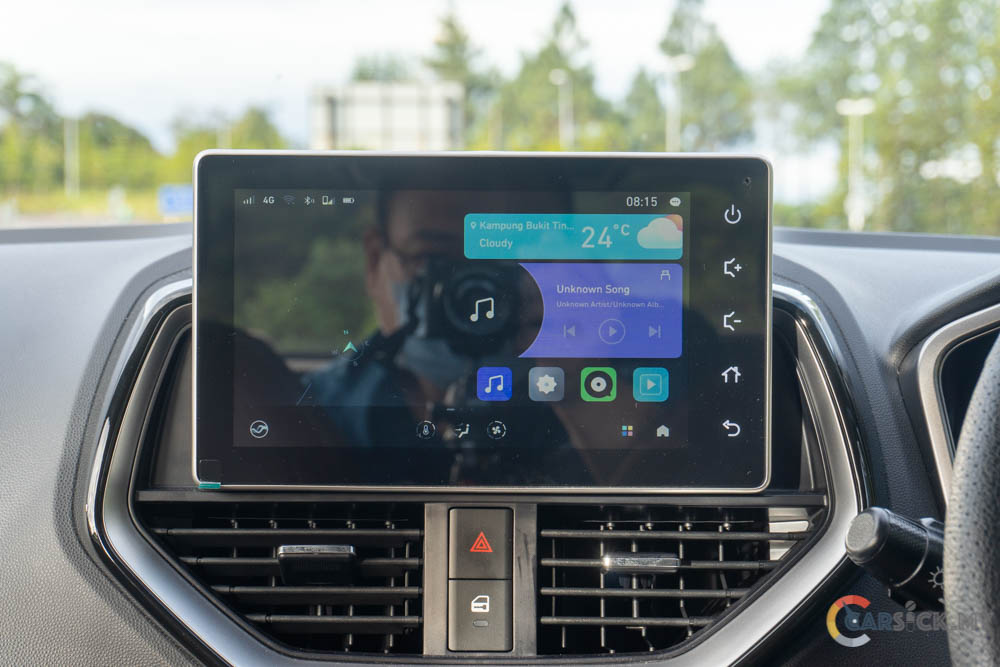
Other than relocating the AC vents, Proton engineers have also given it digital AC controls to make it feel more modern. Coming back to the centre console, the cheaper looking beige plastic centre console has been replaced with a more upmarket looking piano black centre console. With the redesigned centre console, Proton has also added in a new centre armrest with storage compartment underneath, to allow the driver to rest their arms while driving long distance. 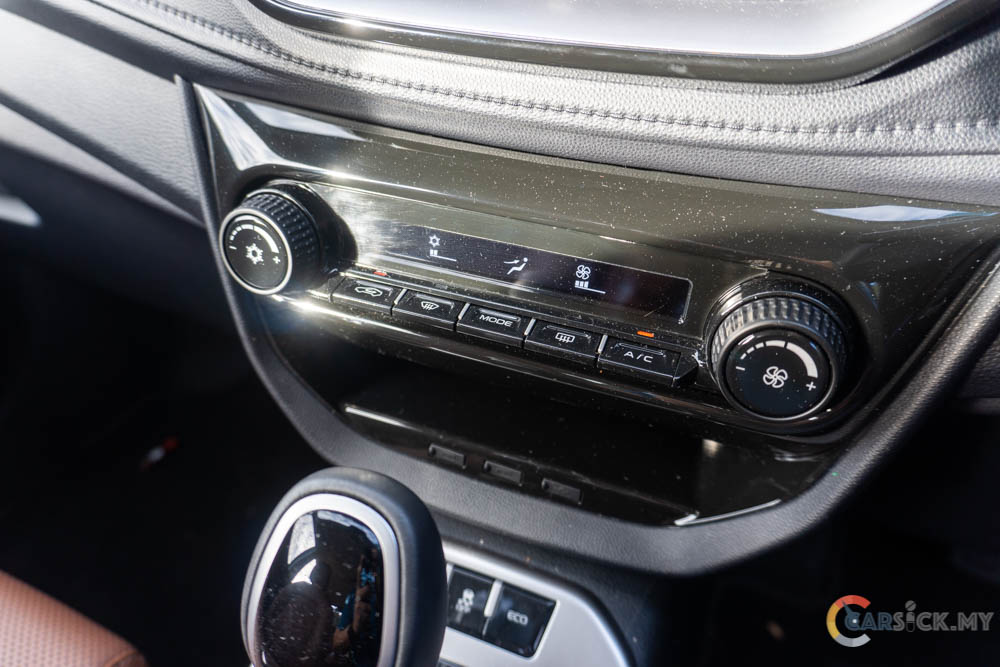
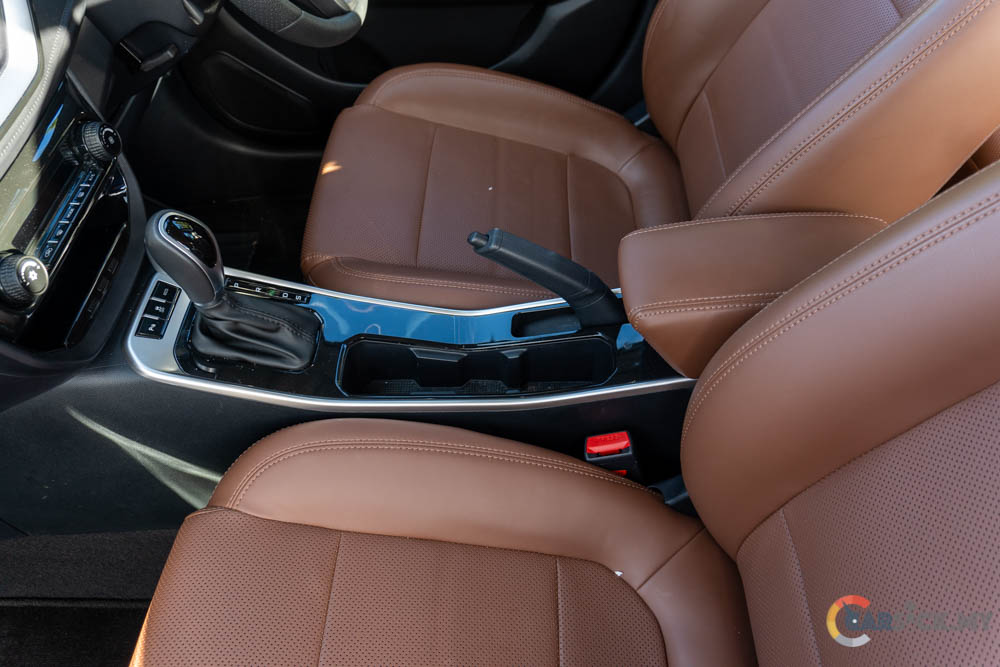
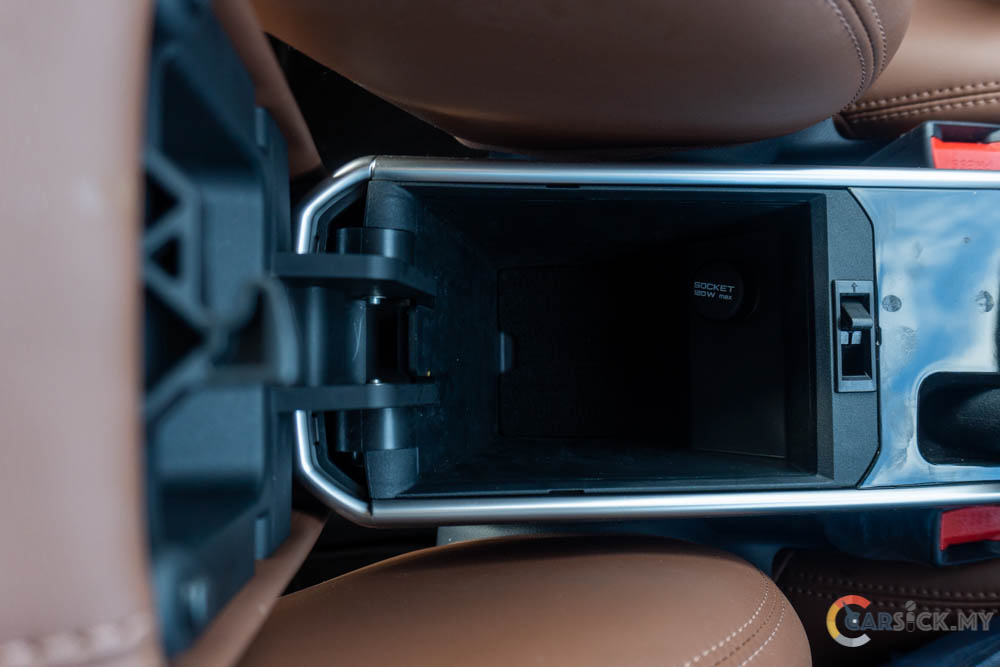
As the Persona was designed as an executive sedan, the rear seats do live up to its expectation in providing a decent amount of legroom and headroom for the rear passengers. Rear passengers also get 2 USB charging slots to charge their devices when seating at the rear. As for boot space, the Persona does have a deep 510L of boot capacity, and the rear seats can be folded down to accommodate longer and larger items. 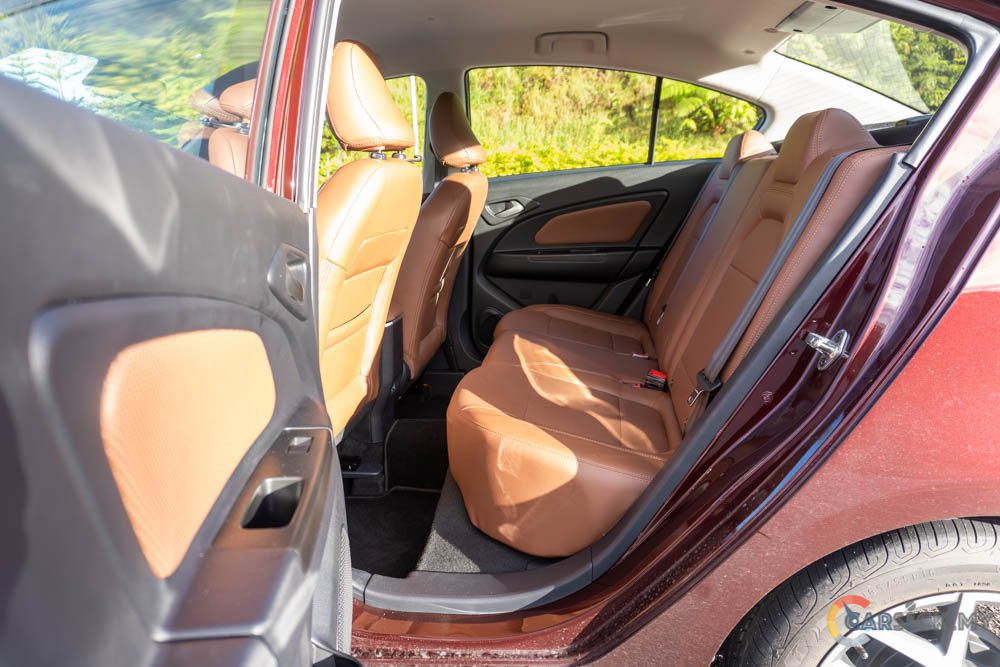
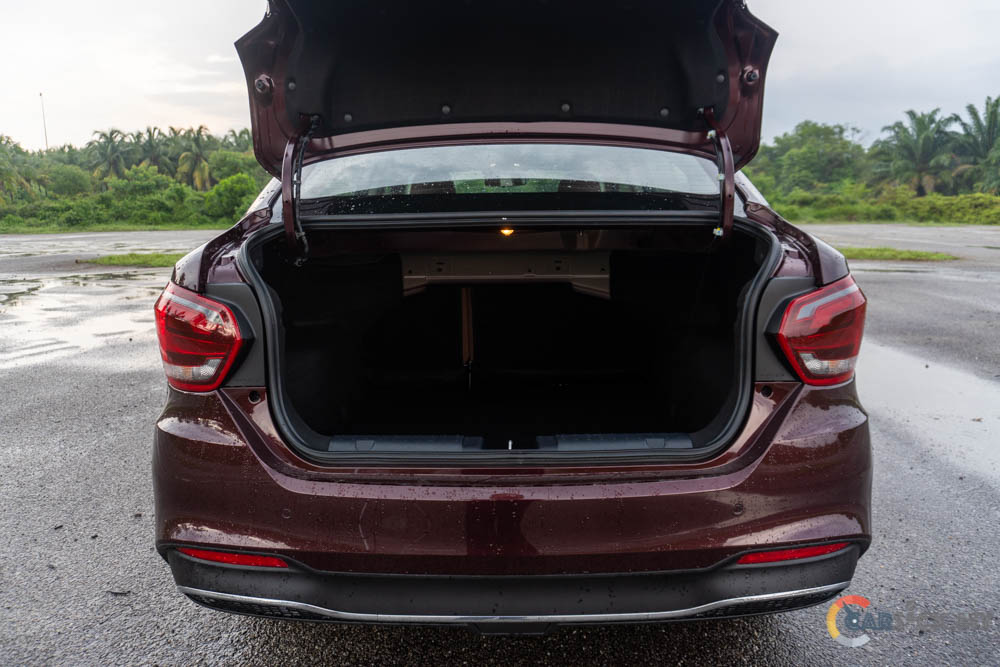
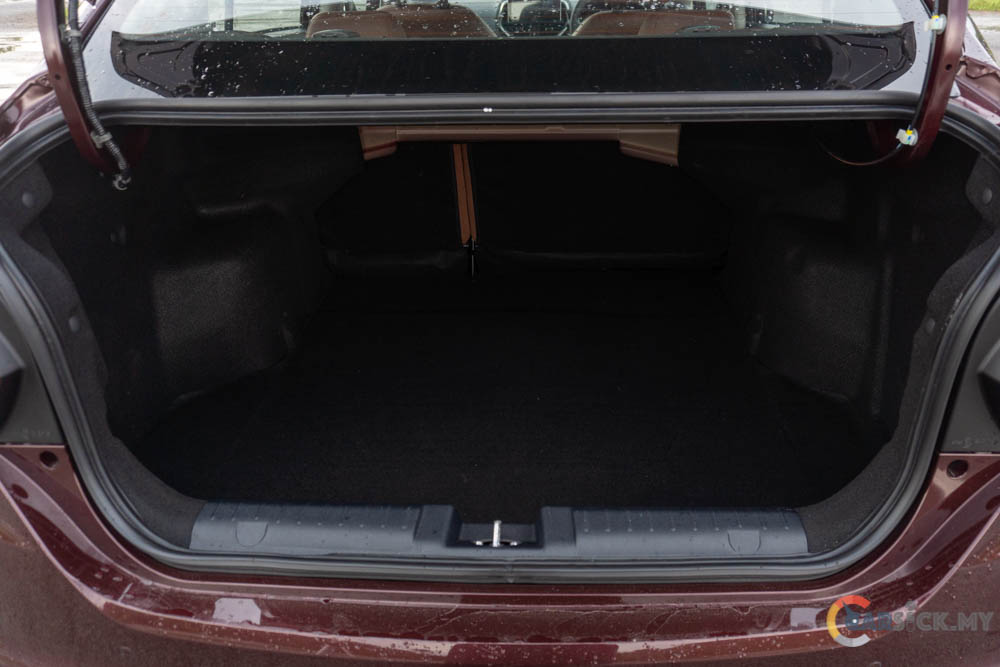
For the powertrain, the 1.6L 4 cylinder engine has been carried forward, while the CVT received some minor internal upgrades. The engine has the ability to produce 109PS at 5,750rpm, and 150Nm of torque at 4,000rpm. In terms of performance, the Persona has decent power to keep up with the traffic, but the most surprising thing for the powertrain is the updated CVT. This updated CVT is now a lot quieter compared to pre-facelift cars, especially during hard acceleration. The transmission response time has also been reduced, and definitely can feel that the Persona is more reactive to the throttle input. 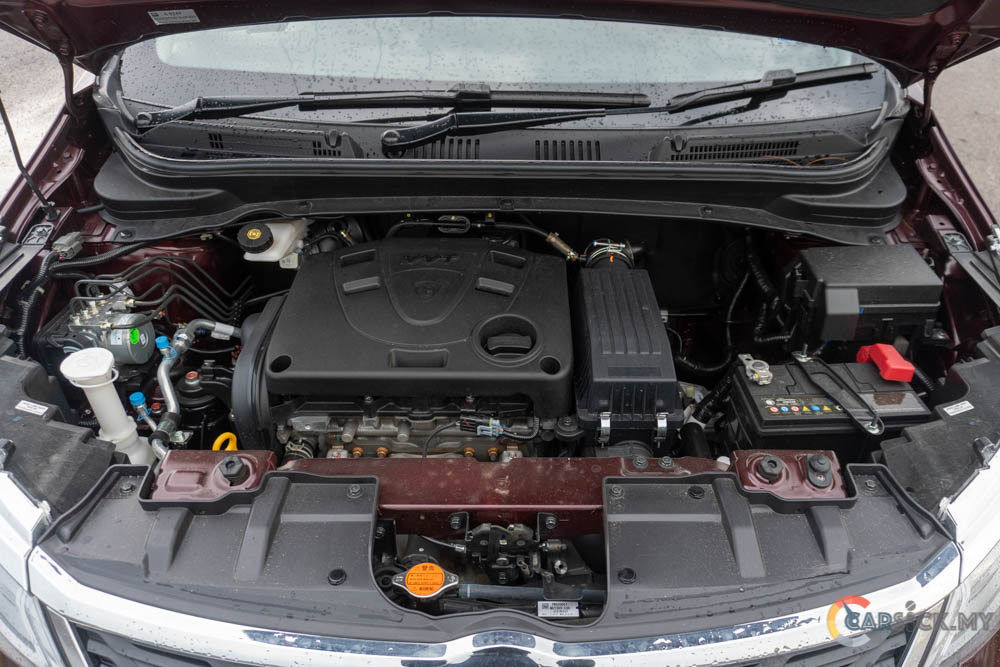
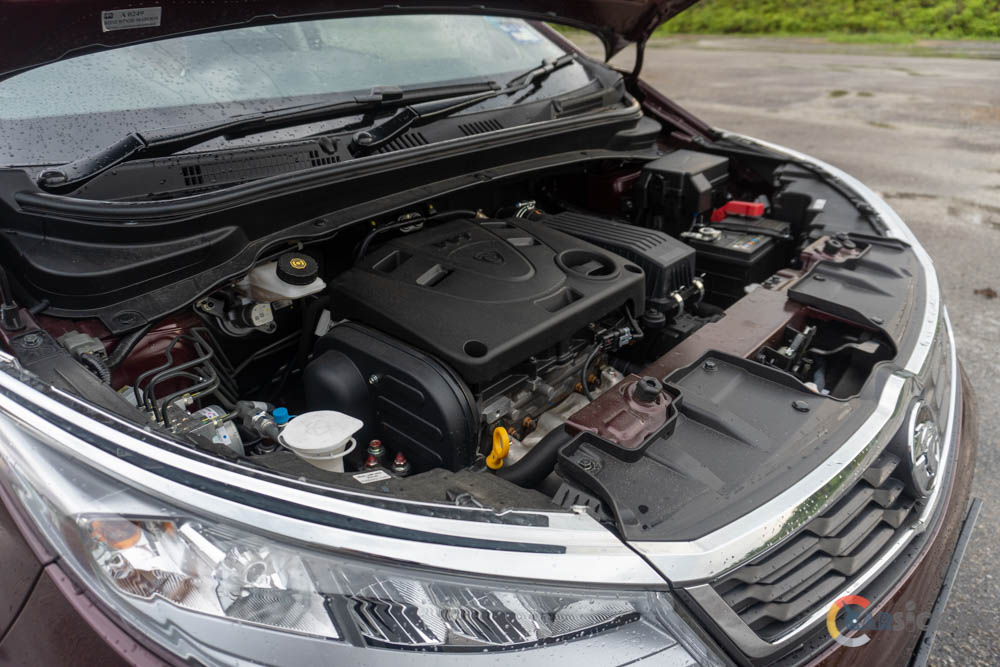
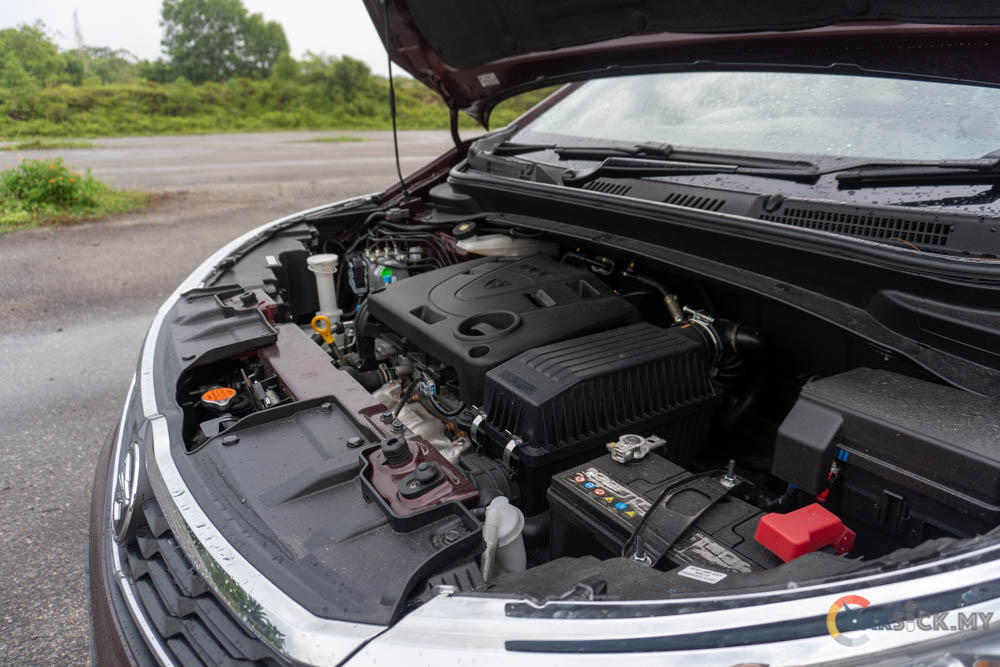
Proton has always been linked with producing good ride and handling vehicles, and the Persona benefits from it. The Persona’s ride was tuned to suit our local roads, especially when going over bumps and uneven roads, there is a level of sophistication in the ride of the car. As the Persona is considered quite tall for a car, drivers have to be more cautious when taking corners in order to mitigate the body roll.
Overall, the Persona is very capable in taking corners, but, I would like to have a more solid and heavier steering feel to boost confidence in taking the corners. Personally, I find that the steering wheel design is a little awkward to hold on to when driving. I would change it to a steering wheel with a deeper dish to make it more comfortable to grip. 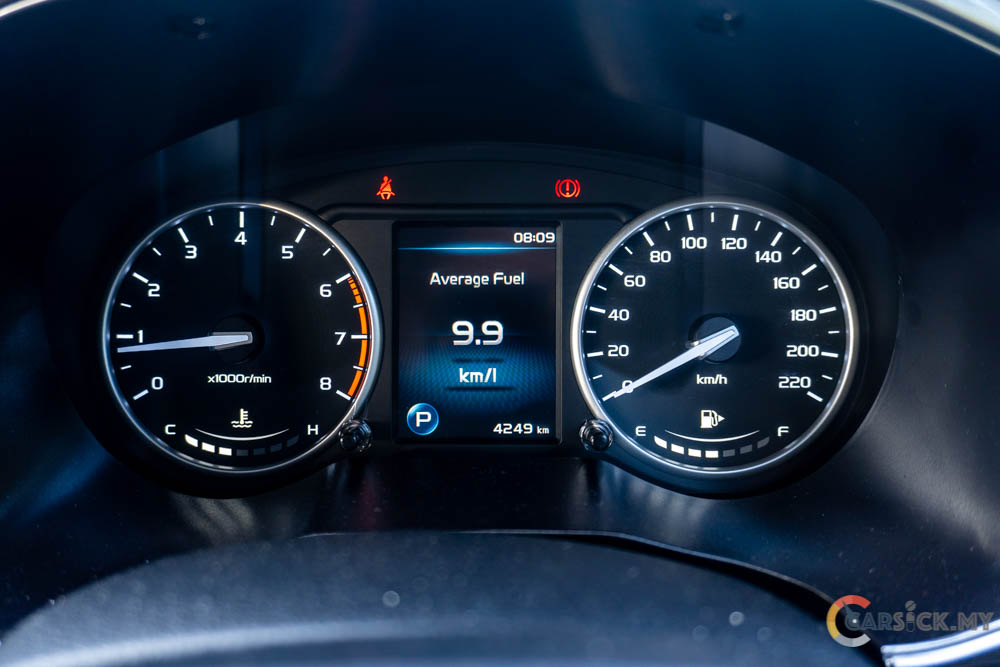
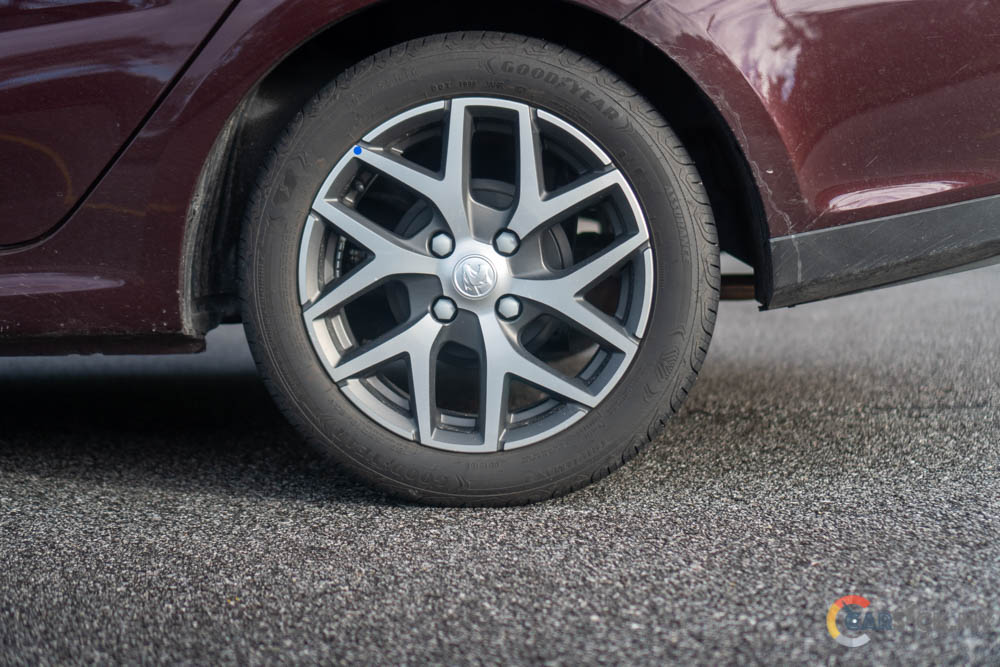
For the brakes, the Persona has sufficient braking performance to slow the car down. The brake pedal does feel spongy, and it needs to be firm up to provide more confidence in braking. As for safety systems, the safety systems available in the Persona are rather basic which includes 6 Airbags, Anti-lock Braking System (ABS), Electronic Brake Distribution (EBD), Brake Assist (BA), Electronic Stability Control (ESC), Traction Control System (TCS), and Hill Hold Assist (HHA).
For the asking price of RM 55,800, the updated Persona is the only B-segment sedan that would fit into the budget of those who wanted a bigger sedan than the usual suspect. For a day to day car, the Persona is more than capable to handle the daily task of the owners, while still able to keep all passengers in the car safe and comfortable. It’s a no-brainer choice at this price point.
To see full photo album, click here